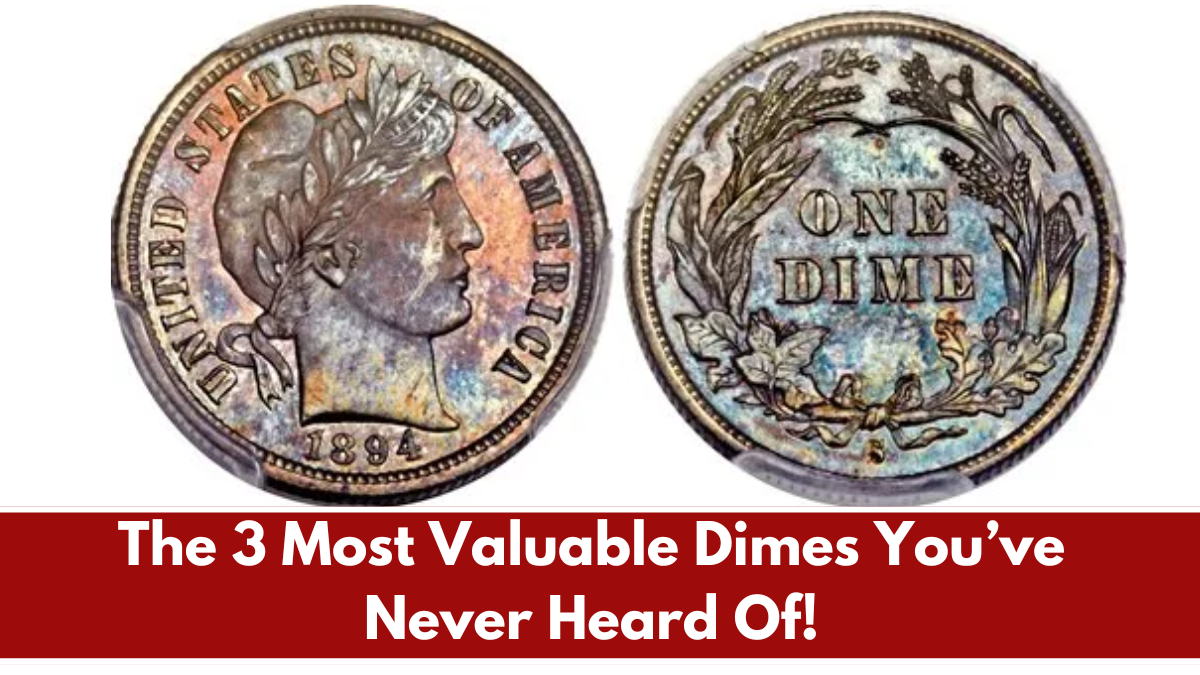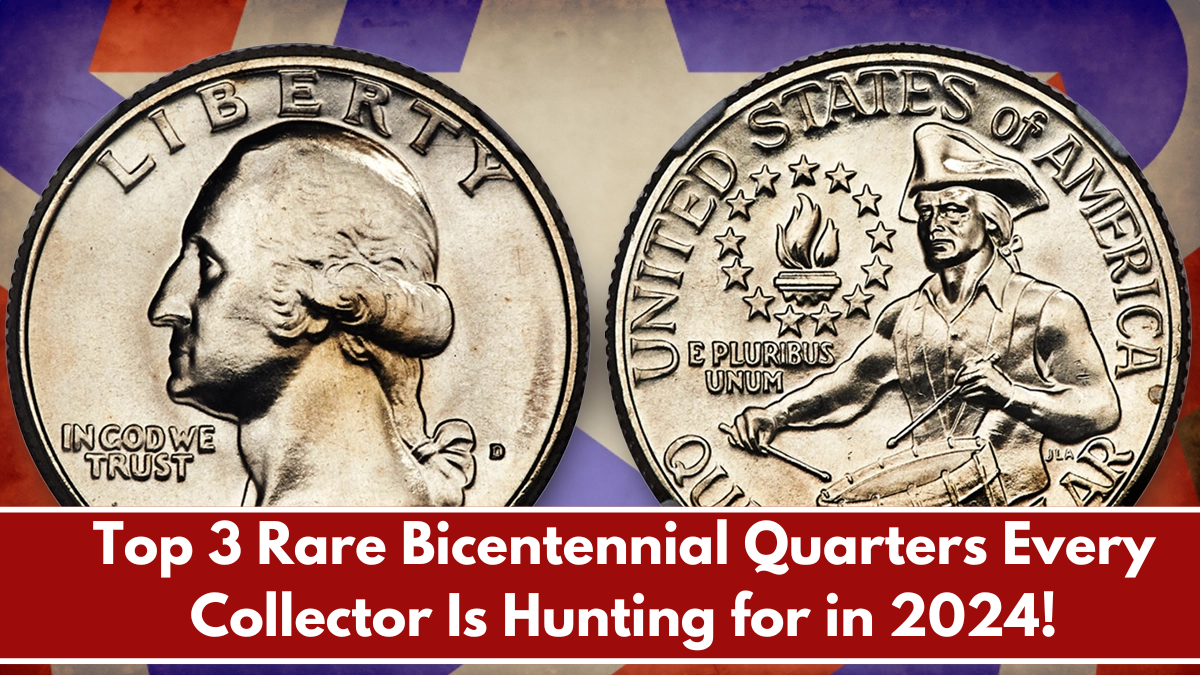The Bicentennial Quarters, minted in 1976 to celebrate the 200th anniversary of the United States, hold a special place in the hearts of coin collectors. These coins feature a distinct design with an image of the Colonial drummer on the reverse, symbolizing America’s fight for independence. While many of these quarters were minted in large numbers, there are a few rare varieties that have become prized possessions for collectors. In this article, we’ll dive into the top 4 rare Bicentennial quarters that every collector should have in their collection.
1. 1976-S Proof Bicentennial Quarter
The 1976-S Proof Bicentennial Quarter was minted for collectors in San Francisco, and it’s widely recognized for its unique design and high-quality finish. Unlike regular circulation quarters, proof coins are specially struck with polished dies to achieve a mirror-like surface. While millions of these were produced, high-quality examples in PR69 and PR70 grades can fetch hundreds of dollars, making them highly sought after in the market.
2. 1976-D Bicentennial Quarter (With Double Die Obverse)
The 1976-D Bicentennial Quarter is common in circulation, but one rare variant has made waves in the numismatic world: the Double Die Obverse. This error occurred when the die was improperly aligned, causing the “LIBERTY” inscription to appear doubled. This rare minting error increases the value significantly, with examples in good condition selling for far more than the regular 1976-D.
3. 1976-S Type 1 Bicentennial Quarter
The 1976-S Type 1 Bicentennial Quarter, minted for the special coin set issued by the U.S. Mint, is known for its design and its status as part of the unique proof set. What sets the Type 1 apart from others is the subtle difference in the details of the drumsticks held by the drummer on the reverse. This variation is highly coveted, and rare versions, especially in high grade, can command a premium at auctions.
4. 1976-P Bicentennial Quarter (High-Grade Condition)
Though most 1976-P Bicentennial Quarters are relatively common, those in high-grade condition are hard to come by. Coins that have been well-preserved without signs of wear and tear are rare, especially considering these quarters were produced for general circulation. Coins in Mint State 67 or higher can command significantly higher prices, making them an attractive choice for collectors.
The Bicentennial Quarters, though issued in 1976, have a lasting appeal for coin collectors due to their rich history and the variations that have surfaced over the years. While many were minted, it’s the rare editions like the 1976-S Proof, 1976-D Double Die Obverse, 1976-S Type 1, and high-grade 1976-P quarters that stand out as valuable collectibles. For collectors seeking to invest in coins with lasting value, these rare Bicentennial quarters should be on the radar.
FAQ’s:
1. What is a 1976-S Proof Bicentennial Quarter?
A 1976-S Proof Bicentennial Quarter was minted with a mirror-like finish for collectors. It’s considered rare in high-grade conditions, and it’s valued for its excellent craftsmanship and design.
2. What is a Double Die Obverse 1976-D Bicentennial Quarter?
The 1976-D Double Die Obverse is a mint error where the “LIBERTY” inscription appears doubled. This makes it a highly desirable variant for collectors, adding to its value.
3. What is the difference between the 1976-S Type 1 and Type 2 Bicentennial Quarter?
The Type 1 features a subtle difference in the drummer’s drumsticks on the reverse side, which distinguishes it from the Type 2. The Type 1 is more valuable due to its rarity and historical significance.
4. Why are high-grade 1976-P Bicentennial Quarters rare?
High-grade 1976-P Bicentennial Quarters are rare because most of them saw general circulation, which led to wear and tear. Coins in pristine condition are hard to find and are highly prized by collectors.
5. How can I identify a high-grade 1976 Bicentennial Quarter?
High-grade quarters will show minimal signs of wear. To identify them, look for sharp details and a clear, unblemished surface. Coins graded MS67 or higher will be much more valuable.













